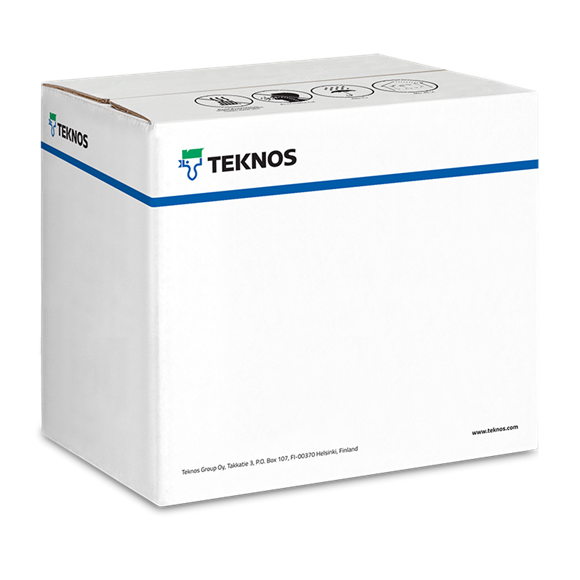INFRALIT PE 8431-00
Polyester powder
- Powder coating

- Powder coating
INFRALIT PE 8431-00 is a TGIC-free powder coating based on solid polyester resin. At elevated temperature the powder will melt, cure and form the final paint film.
Suitable for use on steel and aluminium structures in- and outdoors. INFRALIT PE 8431-00 forms a resistant, even paint film which will not yellow and protects from UV-light. Due to the special property of this product the mechanical properties are not on a par with those of conventional powders.
Surface preparation
STEEL SURFACES: Remove grease and dirt. After that blast-cleaning at least to preparation grade Sa 2½ (ISO 8501-1) and/or a suitable chemical pretreatment.
ALUMINIUM SURFACES: Remove grease and dirt. After that chromating or alternatively a suitable chemical pretreatment.
HOT-DIP-GALVANIZED AND ZINC-ELECTROPLATED SURFACES: Remove grease, dirt and white rust by e.g. alkali wash. Depending on exposure conditions, chromating or alternatively a suitable chemical pretreatment is also required.
Storage
The storage life is minimum 6 months in dry and cool conditions when the temperature during storage and transportation is max. +25°C.
Take special care during high temperature seasons. Avoid storing close to heat sources and heaters in trucks and storages. Don’t store in direct sunlight. The recommended expiry date of the powder coating that has been stored according to the instructions is shown on the package label.
| Practical spreading rate | 8 - 10 m²/kg depending on the film thickness. |
|---|---|
| Spraying | TRIBO/CORONA |
| Curing time | 12 min/200°C (metal temperature) |
| Colours | Available in colours according to RAL, NCS S or other colour cards. |
| Packages | 15 kg or 20 kg according to the density of the powder. |
| Safety markings | See safety data sheet. The powder itself is non-flammable, but with air it can form an explosive mixture that in presence of adequate ignition energy ignites. The lower explosion limit of typical powder coatings is between 20 g/m³ and 80 g/m³ (CEPE, Safe Powder Coating Guideline 8th Edition, 2020). Ventilation of the spray booth should be adjusted so that the concentration of powder in the air is less than 50% of the lower explosive limit value. On calculation of the powder concentration in the spray booth, the powder deposited on the workpiece is not taken into account. In order to avoid the discharge of powder from the booth into adjacent working spaces, the speed of air flow in the apertures of the booth must not fall below 0.5 m/s. Spray painters should wear dust masks and protective gloves. Any spatter of powder on the skin should be washed off with water and soap. |
| Gloss value | 2-12 |